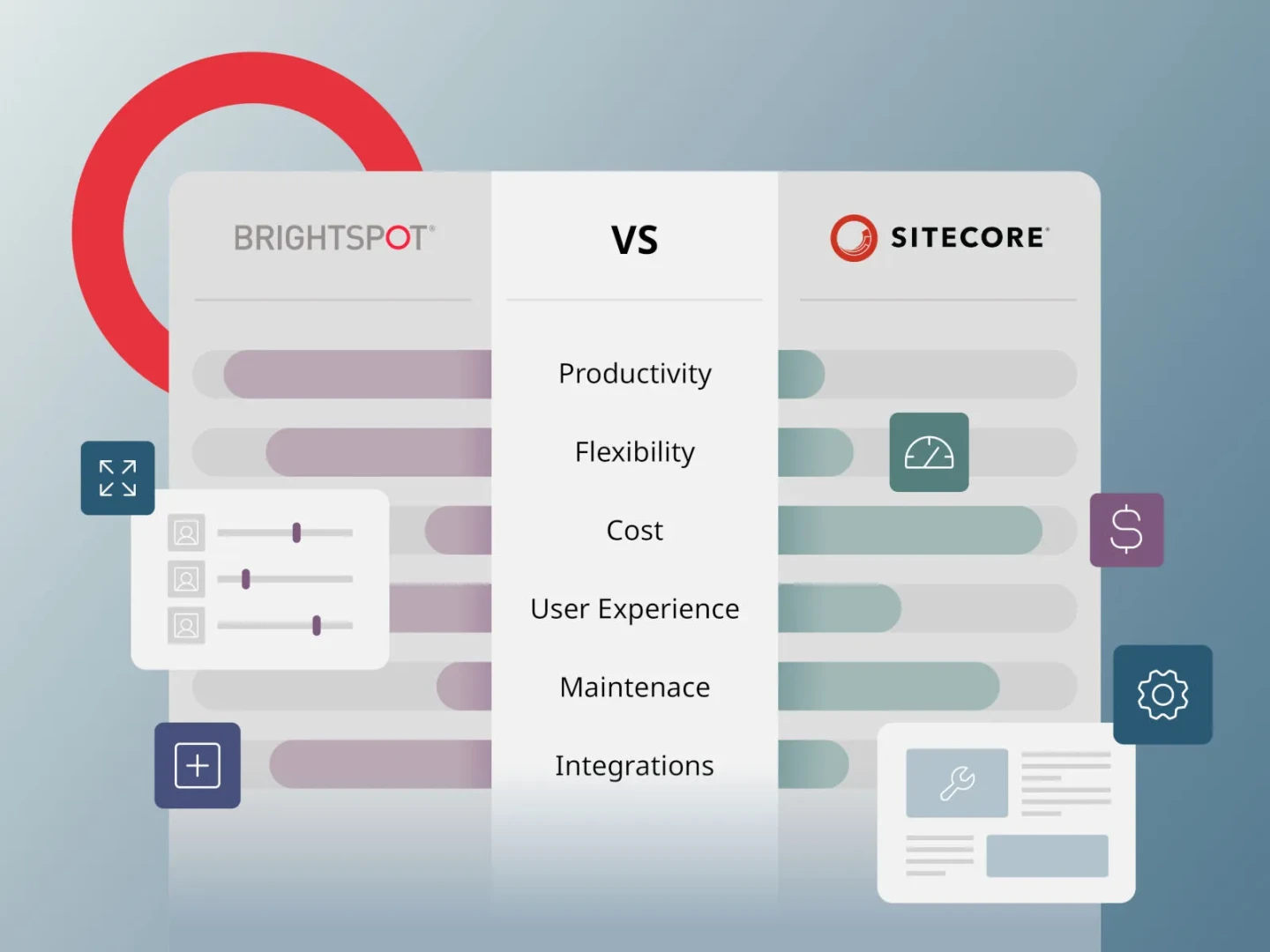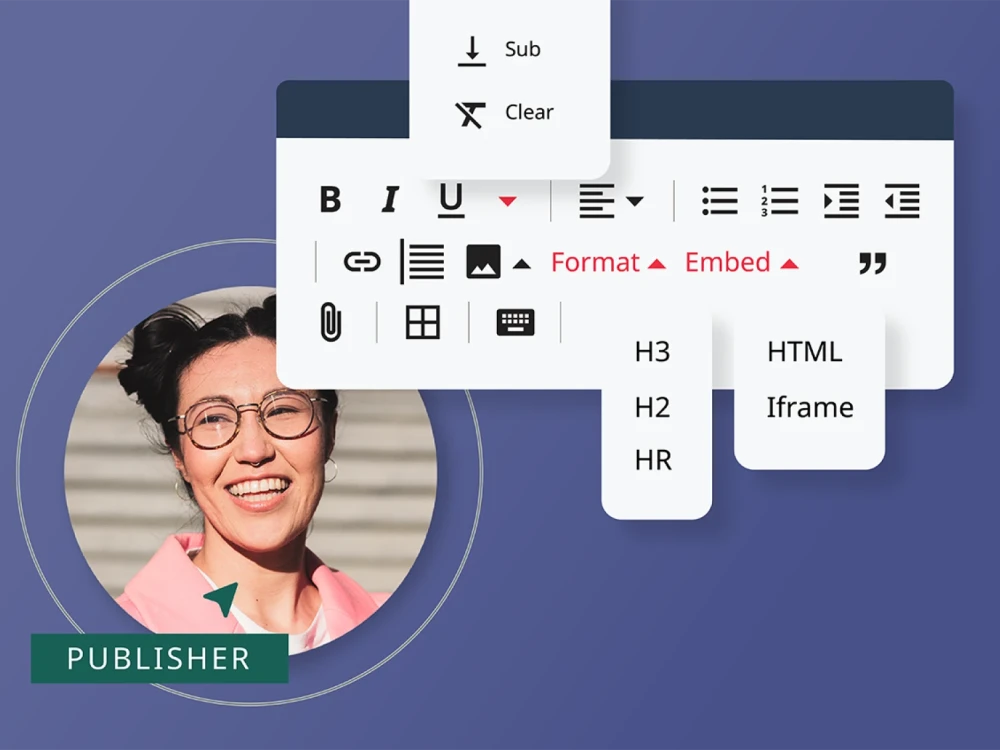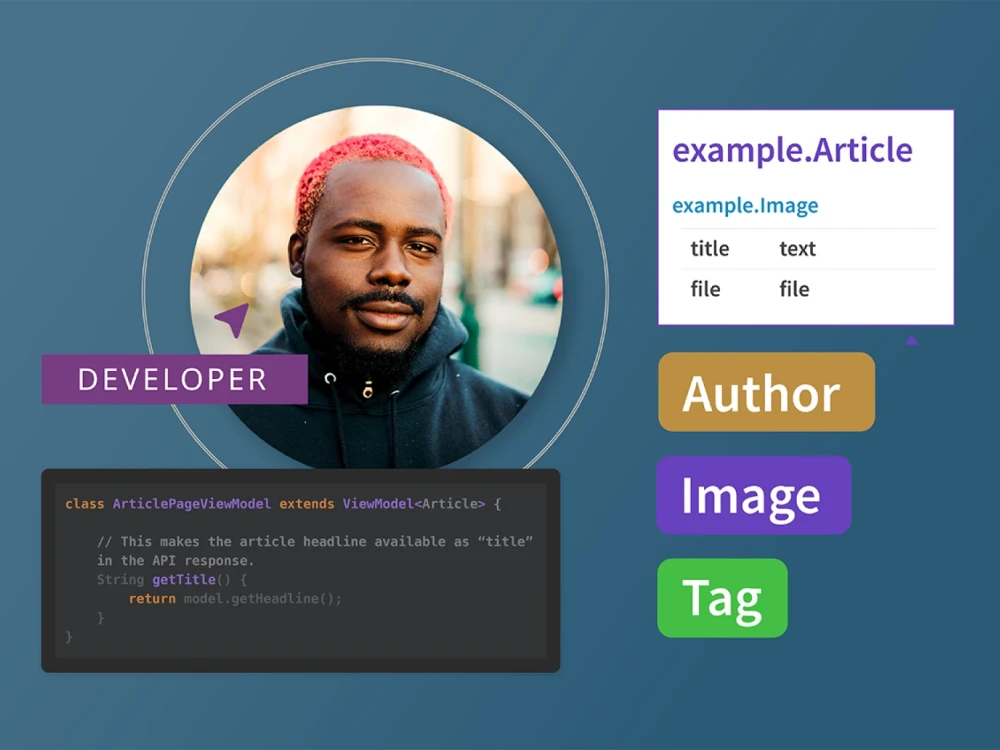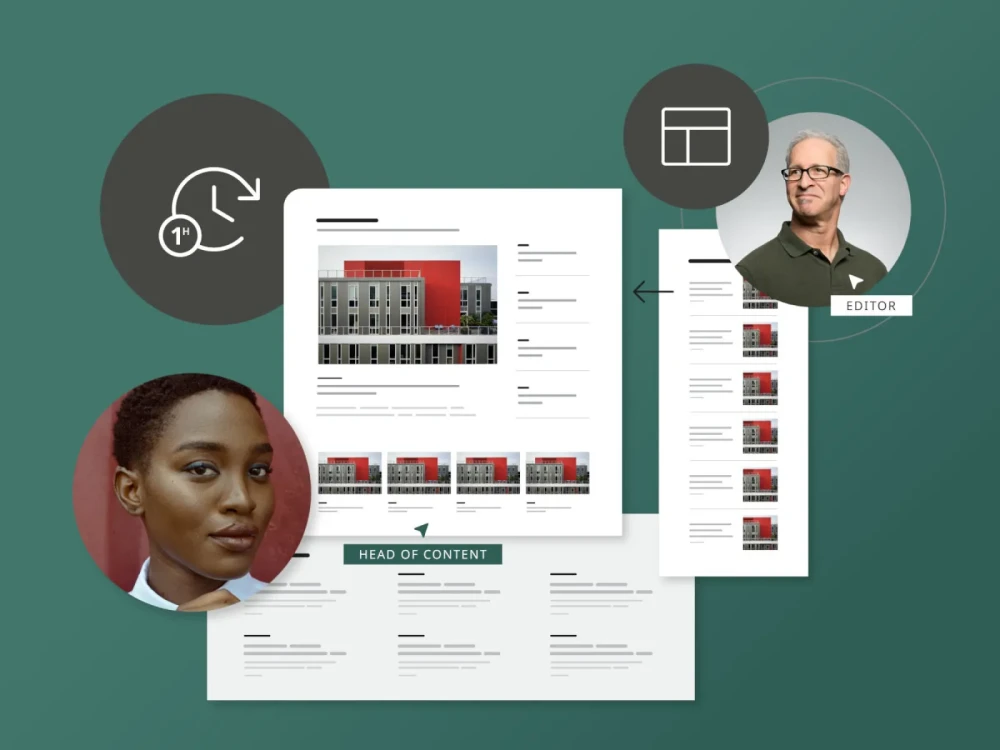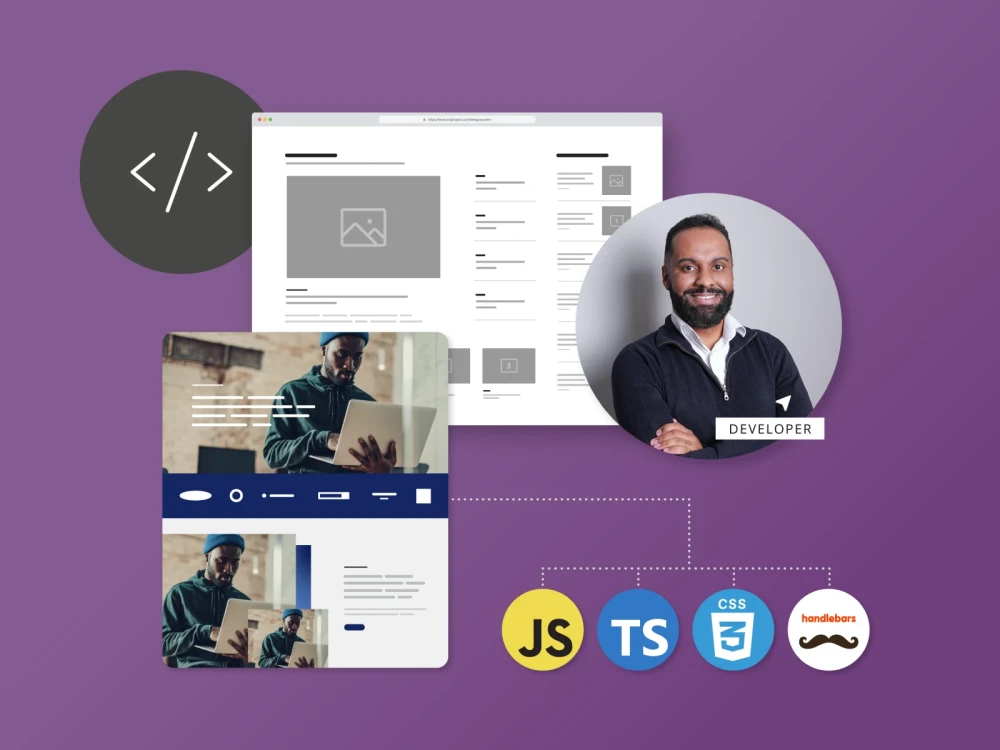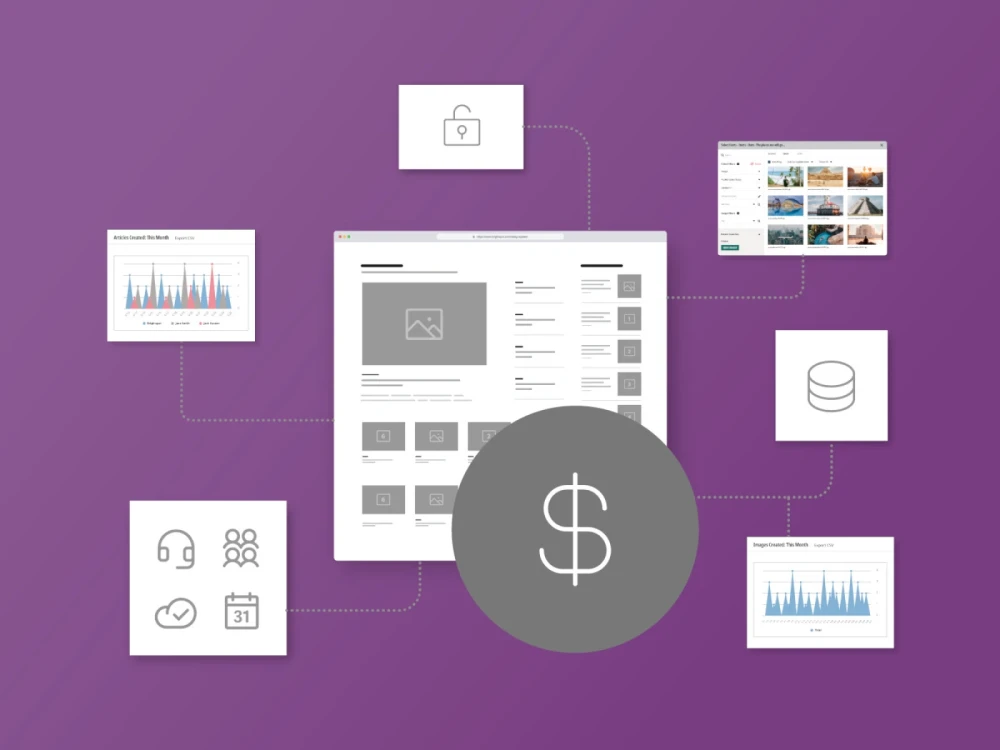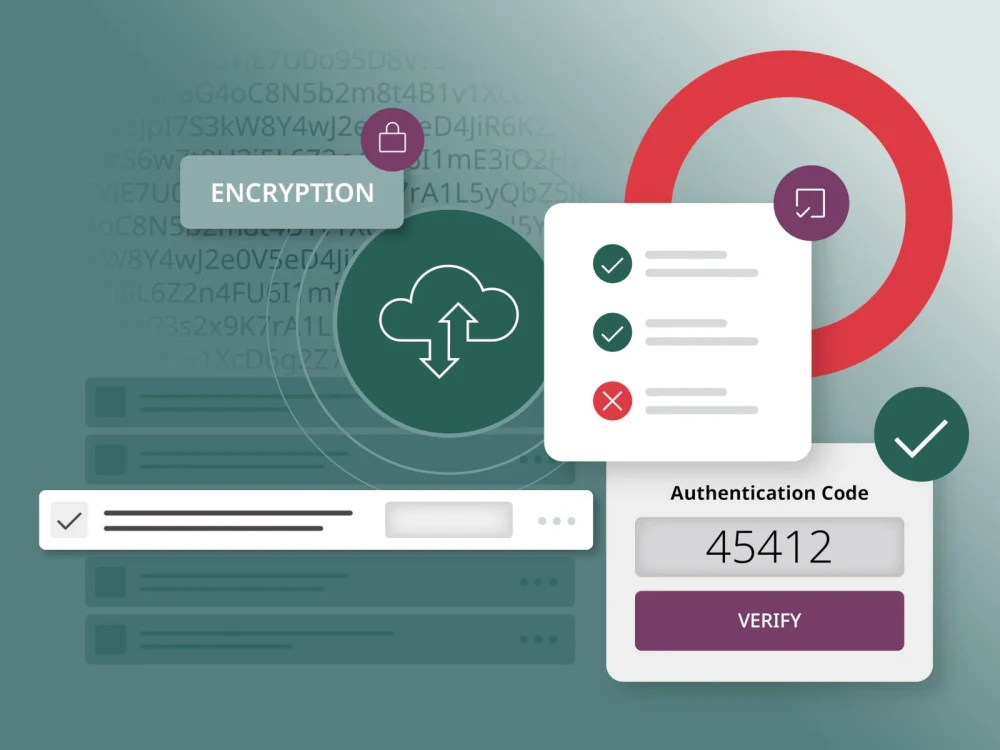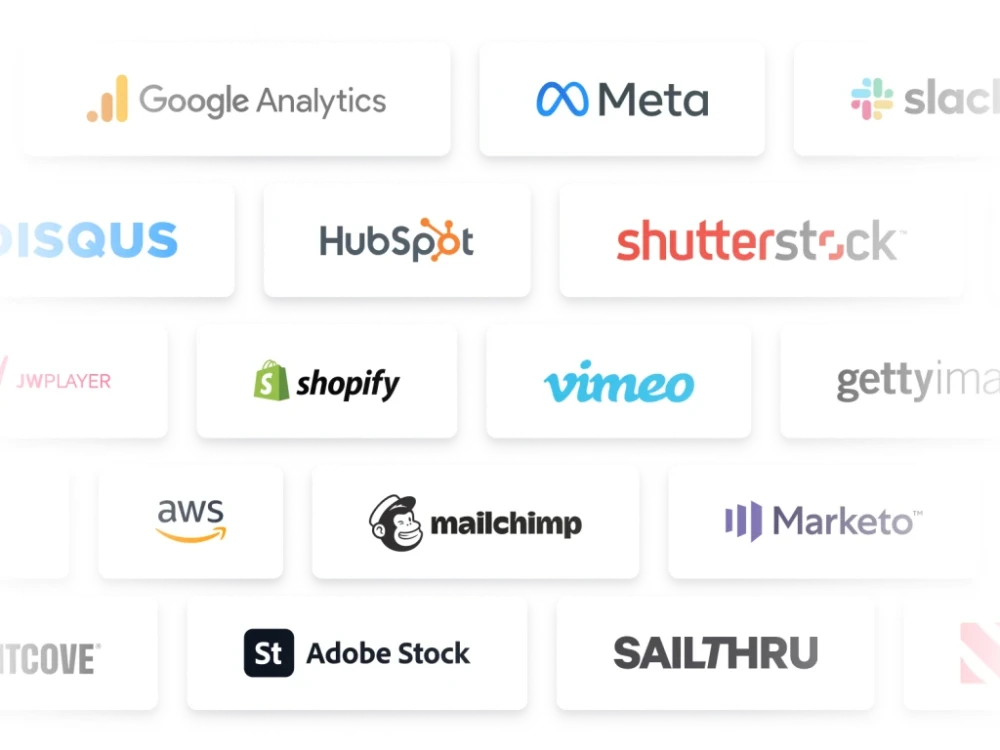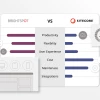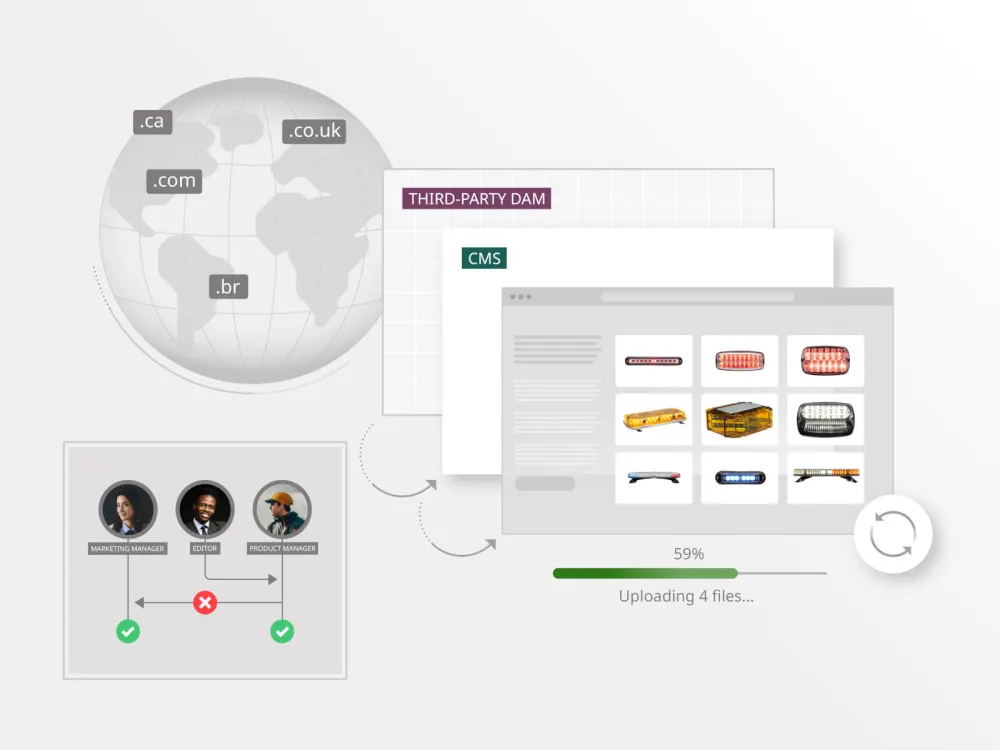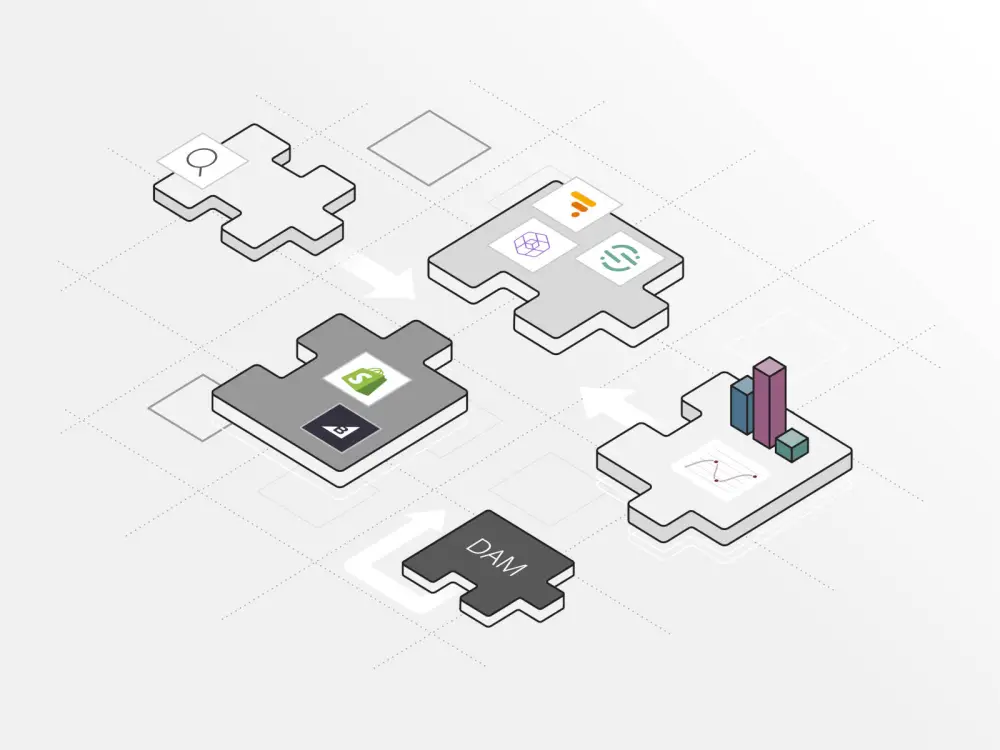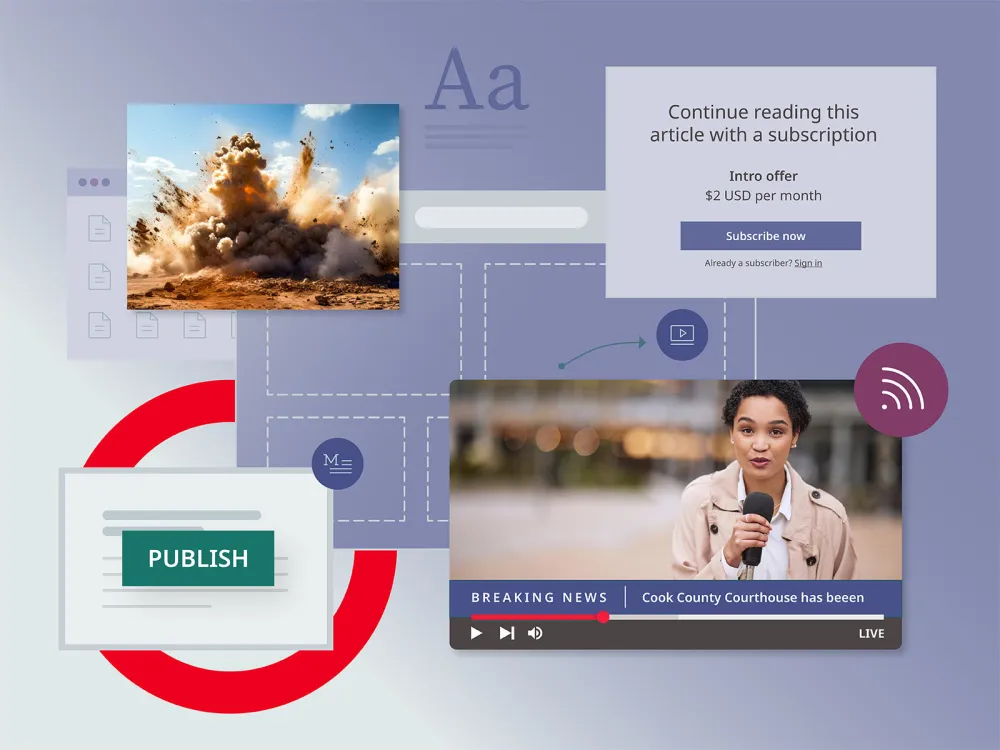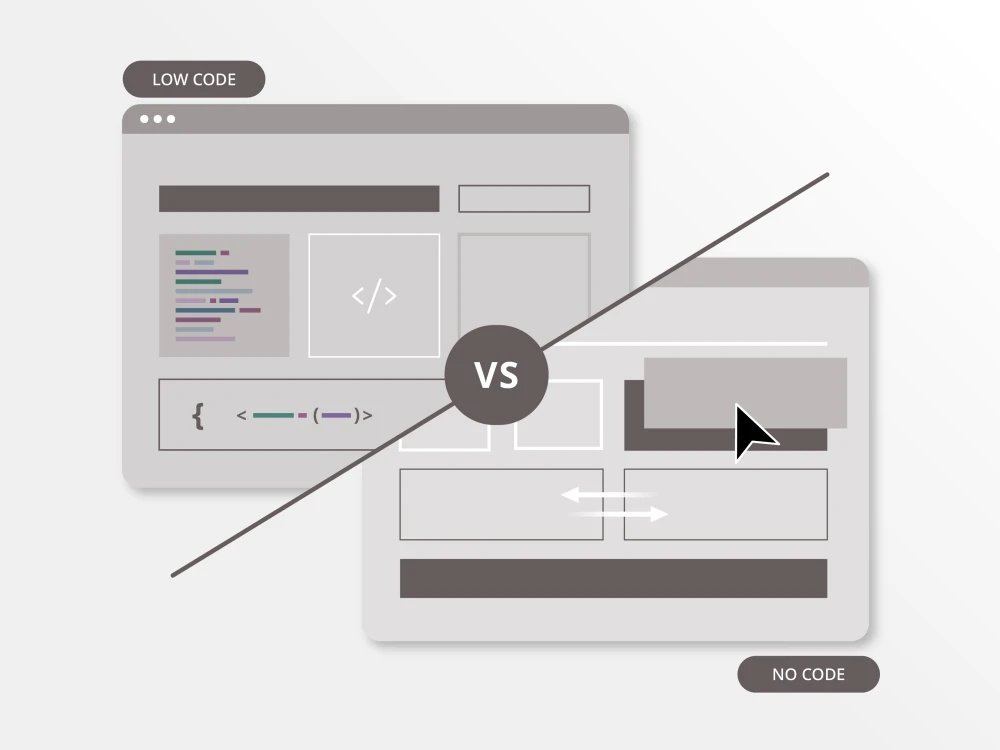Has your organization undergone changes in the past year? Have your objectives and challenges shifted? For many, the answer is “yes.” However, more complex questions follow: What adaptations are necessary to meet these new objectives? Where should you start? Each stakeholder may have a different perspective on these intricate issues.Module
IDC predicts that global spending on digital transformation will reach approximately $3.9 trillion by 2027. Nearly half (45%) of these investments are focused on enhancing operational efficiency and customer experiences.
Across industry verticals and use cases, a CMS is crucial for digital success — and selecting the right one is equally vital. As your organization evolves, it’s important to assess if your CMS is keeping pace: Has it adapted to your changing needs? Does it offer the flexibility, productivity and support required to thrive? Is it capable of handling the dynamic demands of the digital landscape?
While other CMS providers emphasize promoting their solutions, Brightspot prioritizes understanding your unique challenges. We collaborate with you to plan how our CMS can meet your specific business needs.
In search of the ideal CMS? Here’s a guide
When shopping for a new CMS, it’s essential to consider your publishers, developers and marketing teams. Here’s what to keep in mind.
8 key considerations for choosing a CMS
When aiming to enhance productivity and flexibility, reflect on your goals and how your CMS can support them.
Brightspot vs. Sitecore: Productivity as a goal
Whether your current tech stack isn’t solving all your issues or a complete replatforming seems infeasible due to costs and logistics, you need a solution that bridges the gaps and helps you achieve your revenue goals efficiently.
- With Brightspot: Brightspot CMS is highly extensible, designed to integrate seamlessly into your tech stack. It ensures uninterrupted operations while boosting productivity. Its user-friendly interface allows for quick adaptation with minimal training, reducing downtime and increasing efficiency.
- With Sitecore: Sitecore’s restrictive back-end framework may impede productivity. Its complex user interfaces can be confusing, leading to slower adoption rates and decreased efficiency. Significant customization and development efforts are often required to meet specific needs which can be costly and time-consuming.
Brightspot vs. Sitecore: Flexibility as a goal
You want to deliver engaging content across all devices and execute a content strategy that aligns with your business vision without compromising back-end implementation.
- With Brightspot: Brightspot promotes an API-first approach with numerous pre-built integrations, saving development time and effort. It supports various content formats and channels, enabling consistent and engaging experiences across all touchpoints. Brightspot’s flexible architecture adapts to evolving business needs, ensuring long-term scalability.
- With Sitecore: Sitecore suits teams with extensive developer resources due to its complex back-end structure. It often requires custom development for desired functionality, leading to longer implementation times. While it offers deep customization, updates and changes can be complex and time-consuming.
Brightspot vs. Sitecore: Versatility and adaptability
- With Brightspot: Brightspot’s API-first approach and pre-built integrations offer exceptional versatility. The platform supports a wide range of use cases, from simple websites to complex enterprise solutions. Its modular design allows for easy updates and expansions, ensuring your CMS grows with your business.
- With Sitecore: Sitecore’s proprietary codebase can be overly complex, requiring significant technical knowledge. This complexity can hinder iterative design and adaptation processes. Despite its extensive features, Sitecore’s rigid structure may limit its ability to respond quickly to changing business requirements.
Brightspot vs. Sitecore: User experience and ease of use
- With Brightspot: Brightspot offers an intuitive user experience for both developers and content creators. Its drag-and-drop functionality and visual editing tools enable easy content management and quick updates without extensive technical knowledge.
- With Sitecore: Sitecore’s complex configurations can be error-prone and frustrating, even for experienced developers. Specialized training is often required to fully utilize its features, increasing the learning curve and reducing efficiency.
Brightspot vs. Sitecore: Maintenance and support
- With Brightspot: Regular updates and community support ensure Brightspot remains secure and up-to-date, minimizing internal team burdens. Its robust support infrastructure provides timely assistance and proactive monitoring ensures performance and security.
- With Sitecore: Sitecore demands substantial ongoing maintenance, often requiring dedicated in-house teams or costly third-party support. Its complex architecture needs careful configuration and ongoing monitoring to ensure security, which can be resource-intensive.
Brightspot vs. Sitecore: Cost
- With Brightspot: Brightspot offers a lower total cost of ownership with no upfront licensing fees and extensive out-of-the-box functionality, reducing the need for costly customizations. Its scalable pricing model ensures cost-effectiveness for businesses of all sizes.
- With Sitecore: Sitecore’s high licensing fees and additional costs for add-ons and support significantly increase the total cost of ownership. The platform’s complexity often necessitates significant investment in development and maintenance, straining budgets.
Brightspot vs. Sitecore: Security
- With Brightspot: Brightspot incorporates industry-standard security practices to protect your data. Its robust security features include encryption, access controls and regular audits, providing peace of mind.
- With Sitecore: Sitecore offers strong security features but relies on the vendor for updates and patches, potentially leading to delays. Its complex architecture requires careful configuration to ensure security, which can be resource-intensive.
Brightspot vs. Sitecore: Integrations
- With Brightspot: Brightspot excels in integrations, offering seamless connectivity with a wide range of third-party tools and platforms. Its API-first design ensures easy integration with existing systems and workflows.
- With Sitecore: Sitecore offers robust integration capabilities but often requires custom development for seamless connectivity. Its reliance on specific technology partners can limit options and increase costs.
Brightspot vs. Sitecore: Conclusion
Choosing the right CMS is crucial for digital transformation. While Sitecore suits development-heavy teams, Brightspot offers a flexible, user-friendly and cost-effective solution. Brightspot’s extensible and adaptable platform enhances productivity and achieves digital goals efficiently.
Partnering with Brightspot provides a platform that grows with your business, offers robust support and security and ensures a seamless user experience. Whether scaling a small business or seeking agility in an enterprise, Brightspot delivers the tools and flexibility needed to succeed in today’s competitive digital landscape.
Brightspot offers an intuitive user experience designed for both developers and content creators. Its drag-and-drop functionality and visual editing tools make content management straightforward and accessible, even for non-technical users. In contrast, Sitecore’s complex configurations and user interfaces can be confusing and require specialized training, increasing the learning curve and reducing efficiency.
Brightspot promotes an API-first approach with numerous pre-built integrations, allowing for seamless connectivity with various third-party tools and platforms. This design ensures easy integration with existing systems and workflows. Sitecore, on the other hand, often requires custom development for seamless connectivity, which can be time-consuming and costly.
Brightspot offers a lower total cost of ownership with no upfront licensing fees and extensive out-of-the-box functionality. This reduces the need for costly customizations. Its scalable pricing model is designed to be cost-effective for businesses of all sizes. Sitecore’s high licensing fees, additional costs for add-ons, and the need for significant investment in development and maintenance can strain budgets.
Brightspot provides regular updates and community support to ensure the platform remains secure and up-to-date, minimizing internal team burdens. It has a robust support infrastructure that offers timely assistance and proactive monitoring to ensure performance and security. Sitecore, however, requires substantial ongoing maintenance, often necessitating dedicated in-house teams or costly third-party support.
Brightspot’s flexible architecture is designed to adapt to evolving business needs, ensuring long-term scalability. It supports various content formats and channels, enabling consistent and engaging experiences across all touchpoints. Sitecore’s rigid structure and proprietary codebase can limit its ability to respond quickly to changing business requirements, making iterative design and adaptation processes more challenging.

